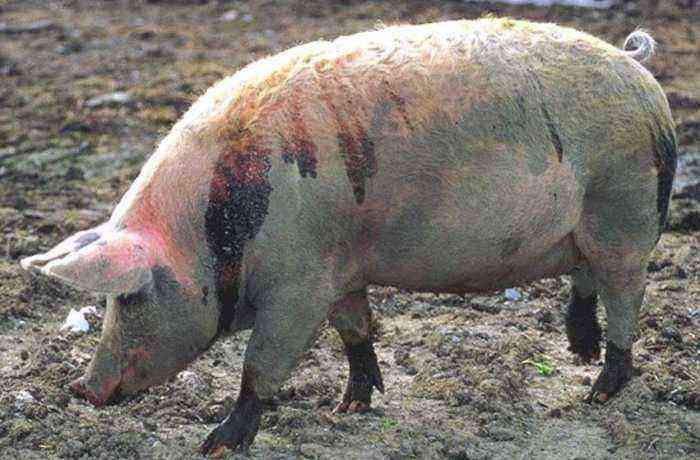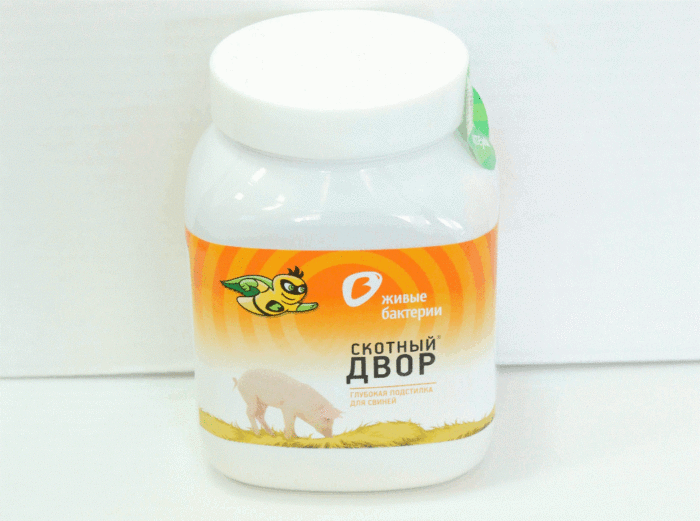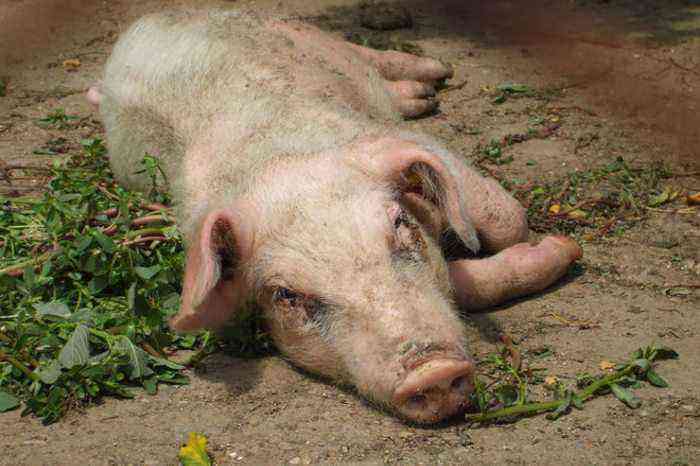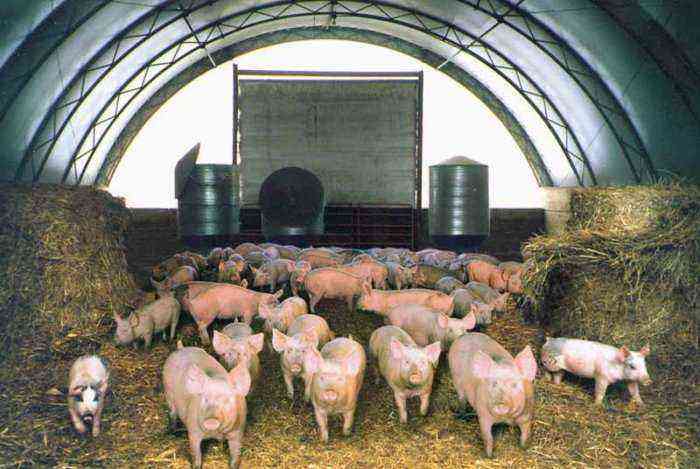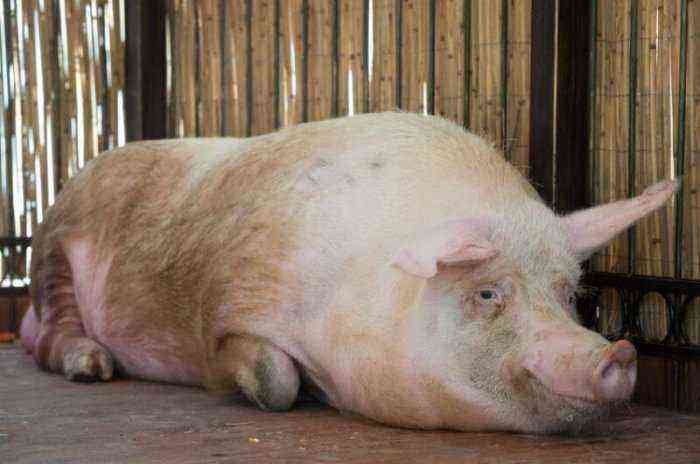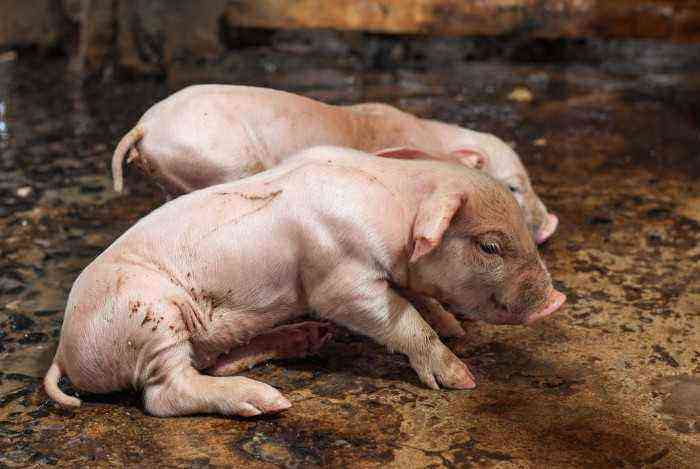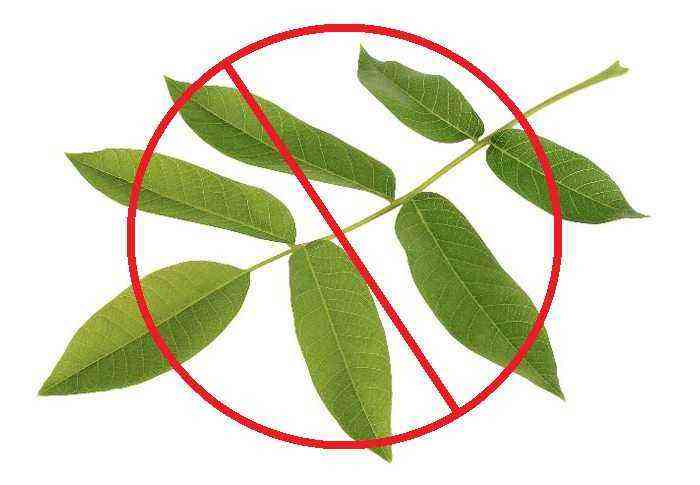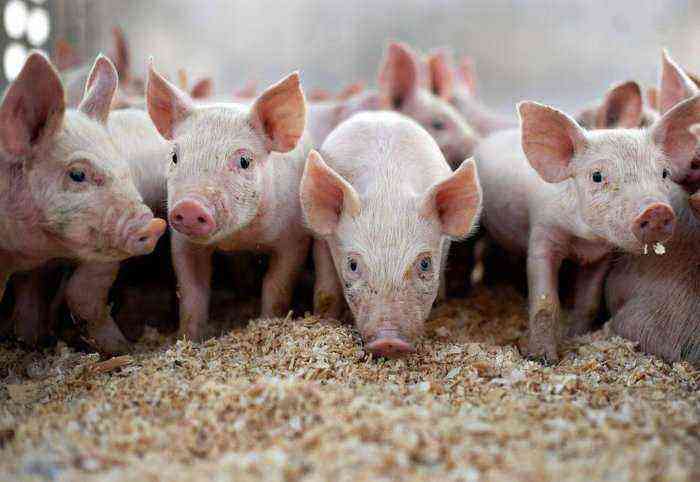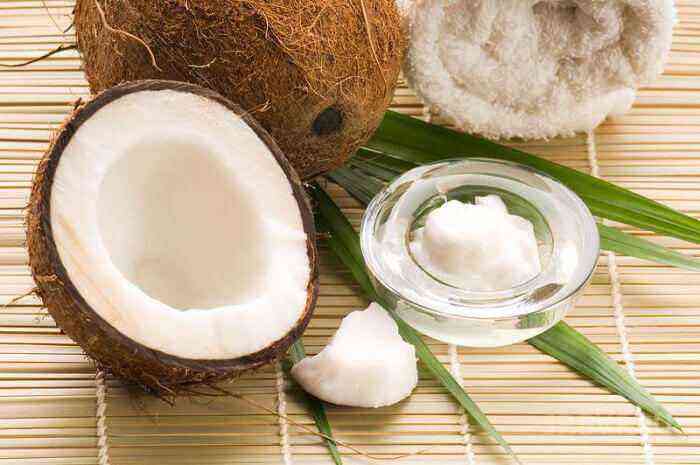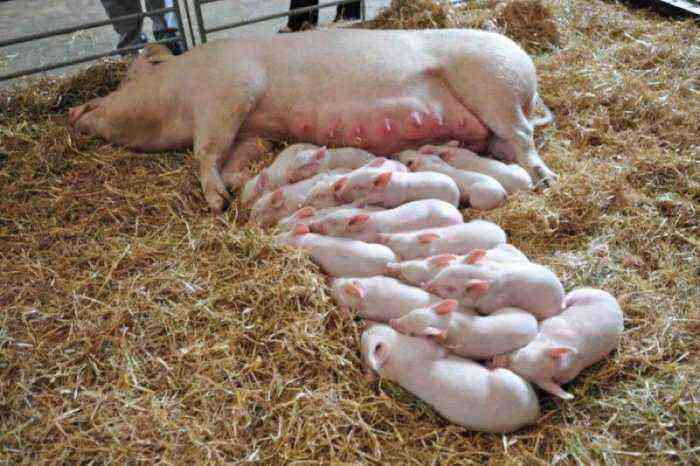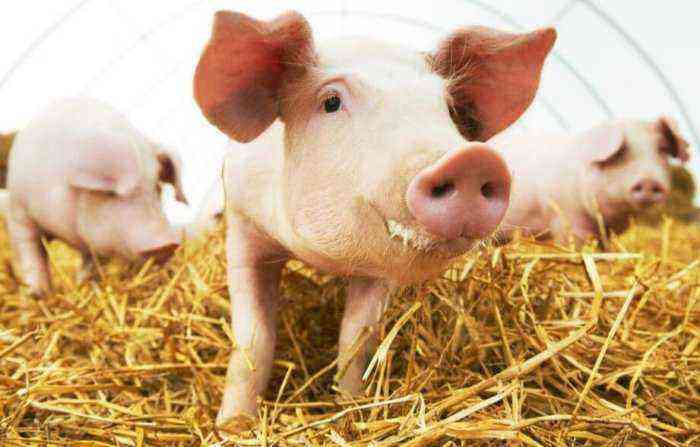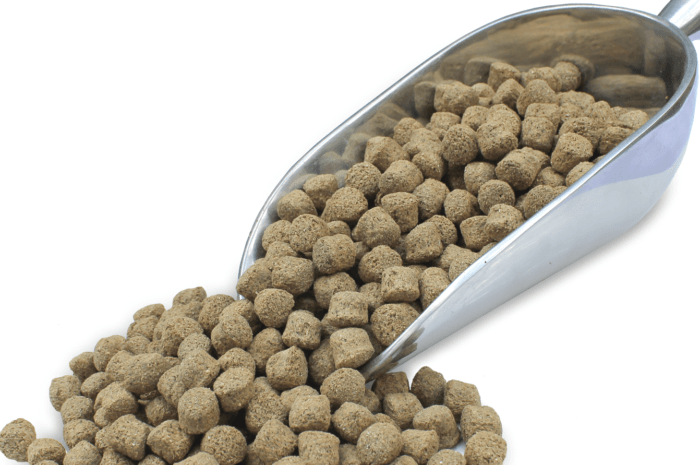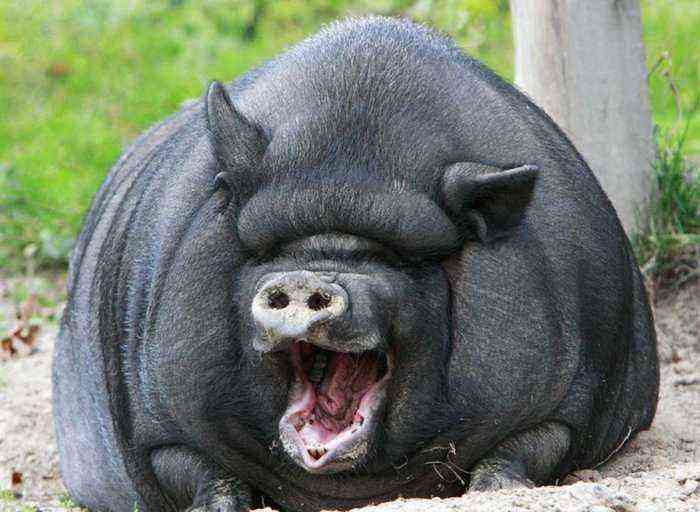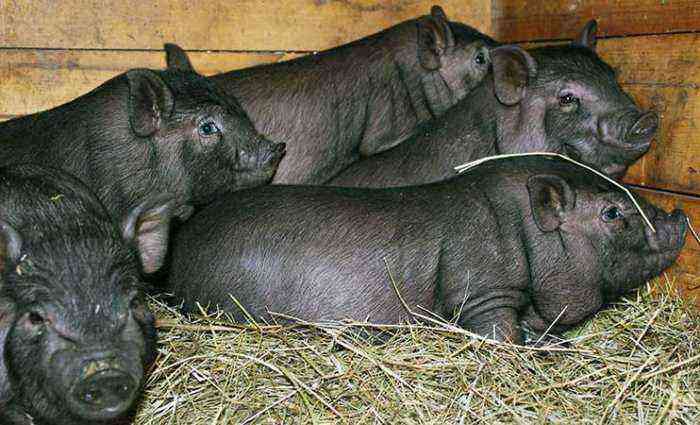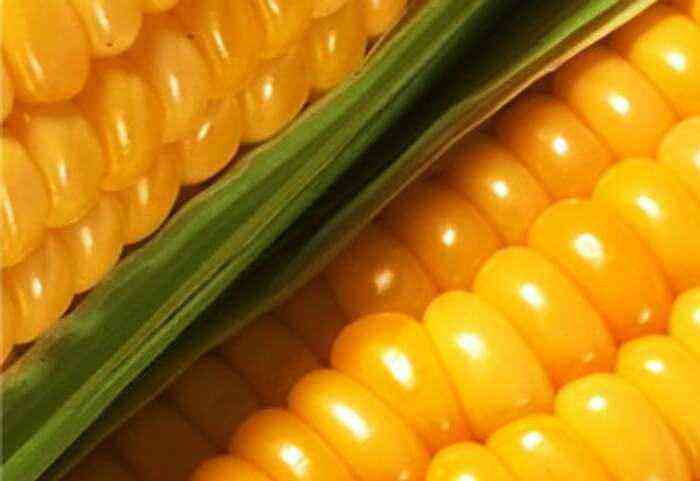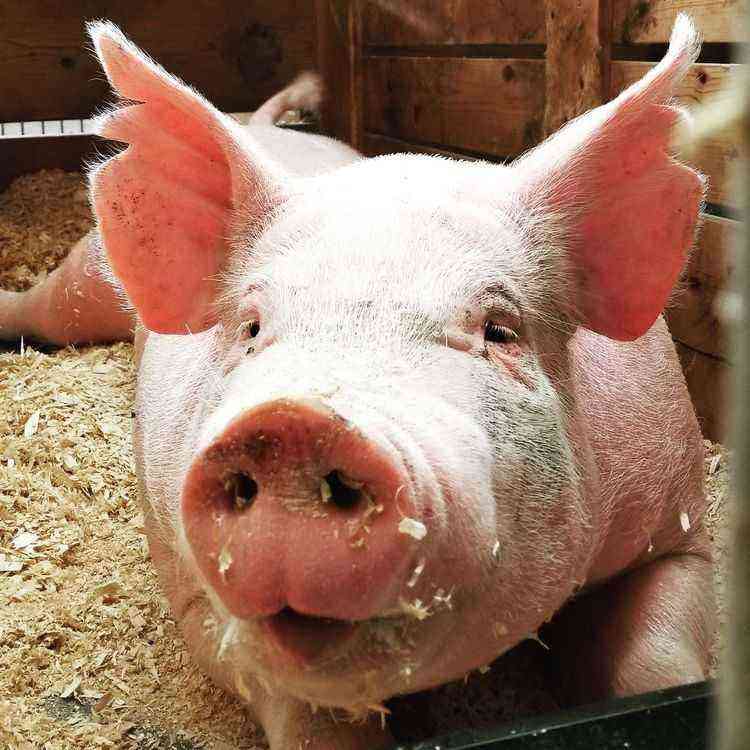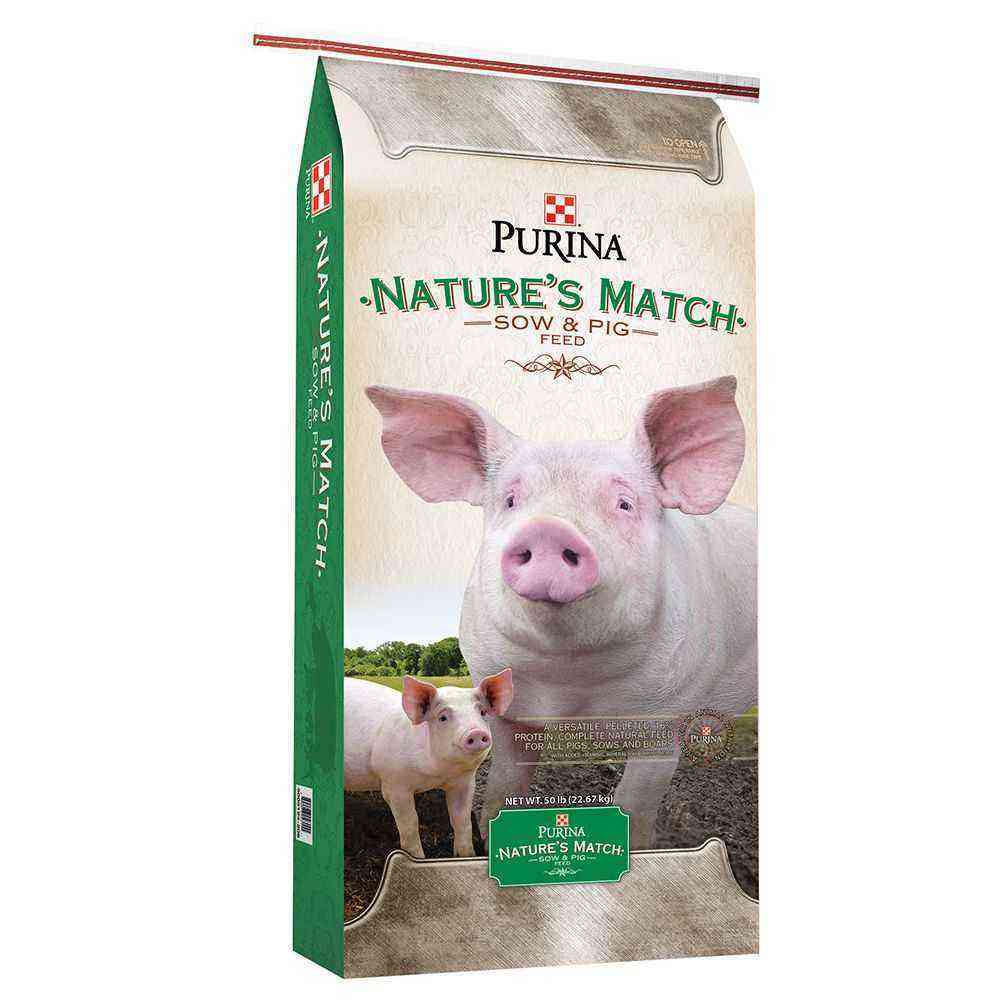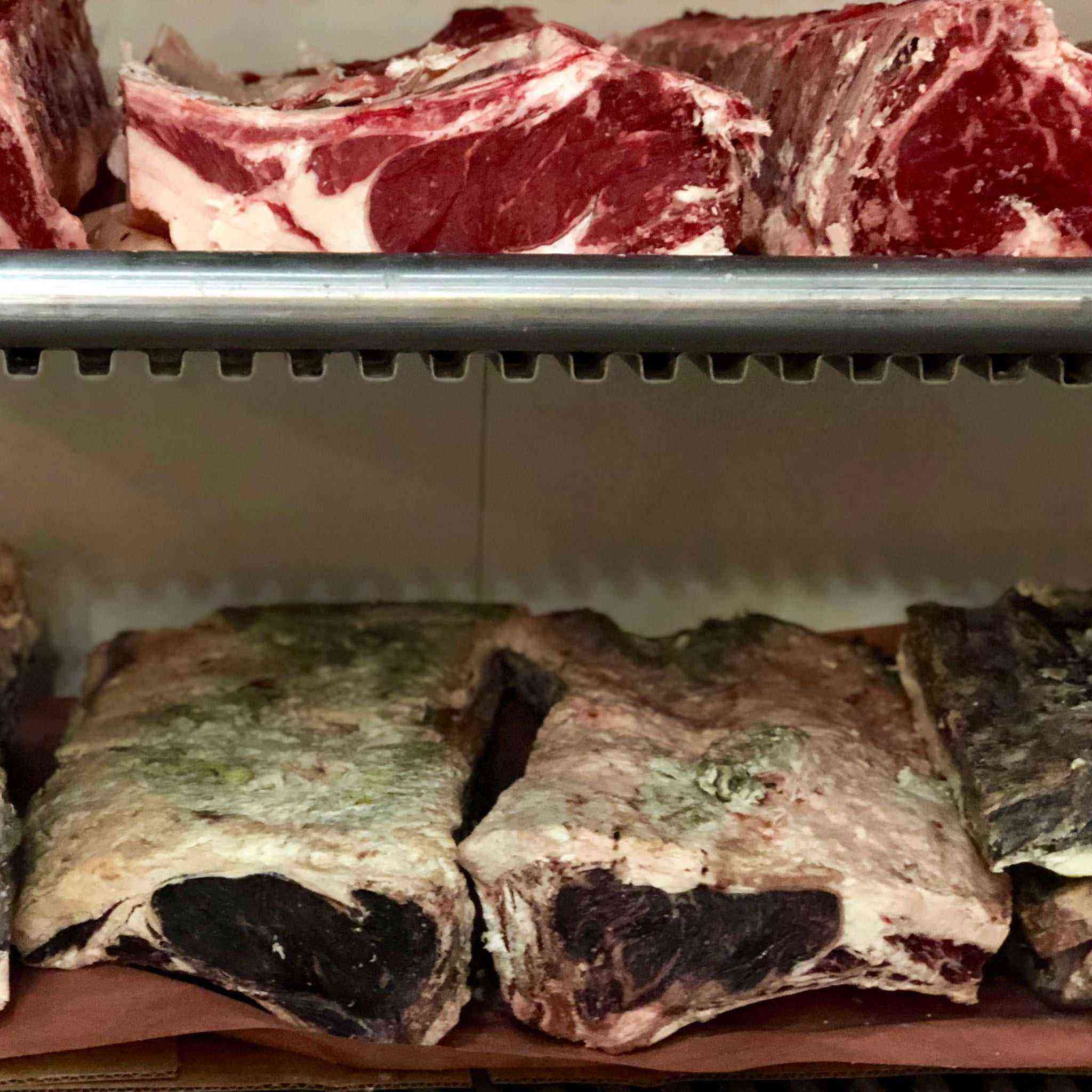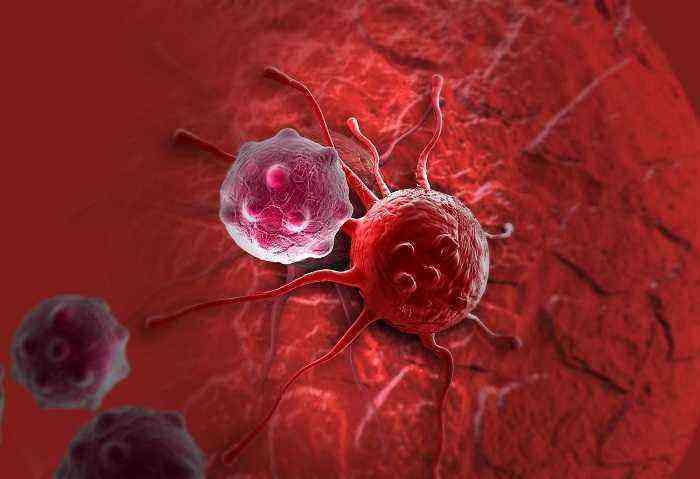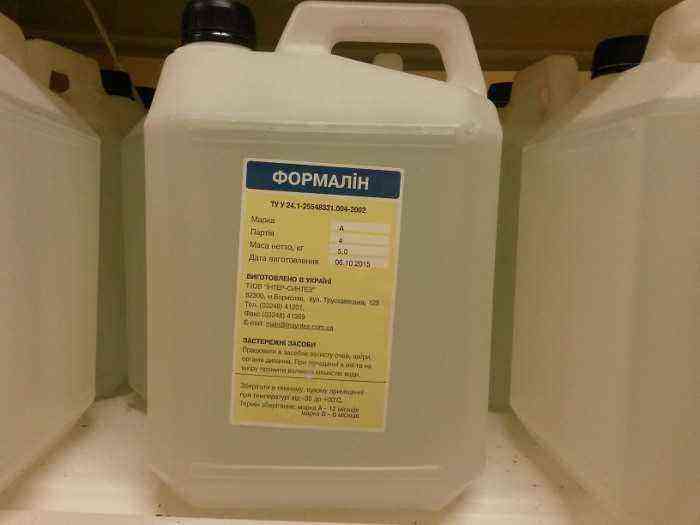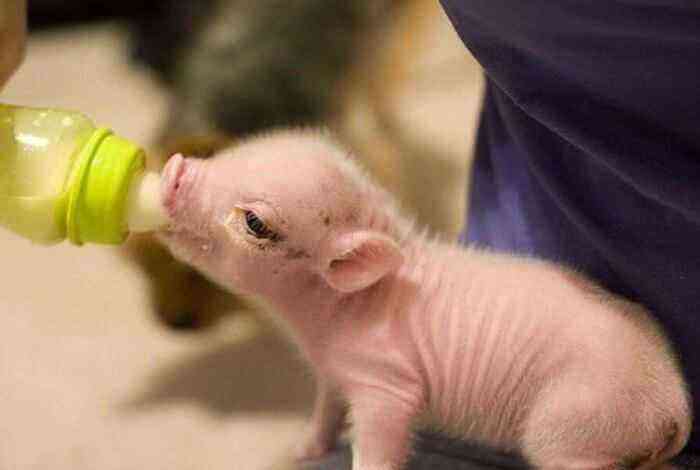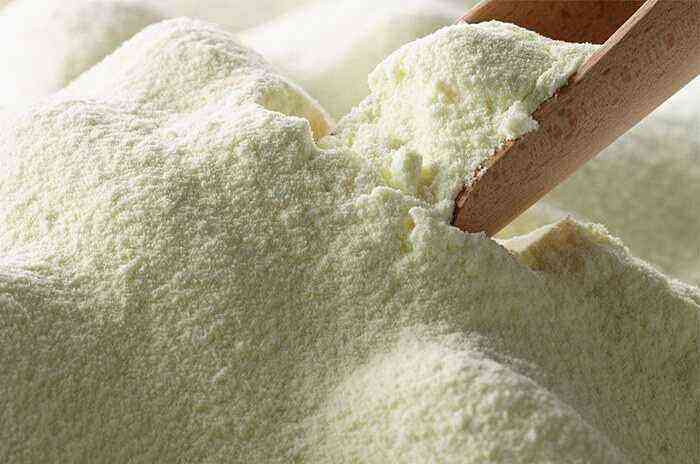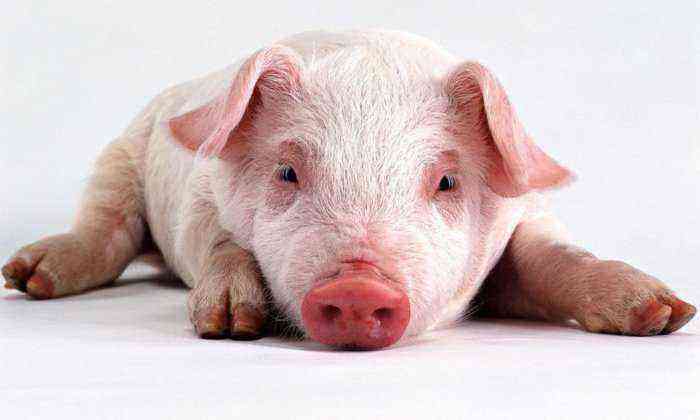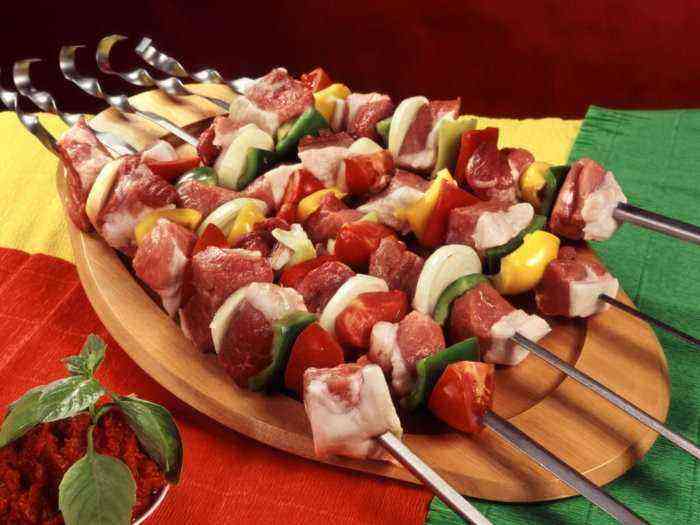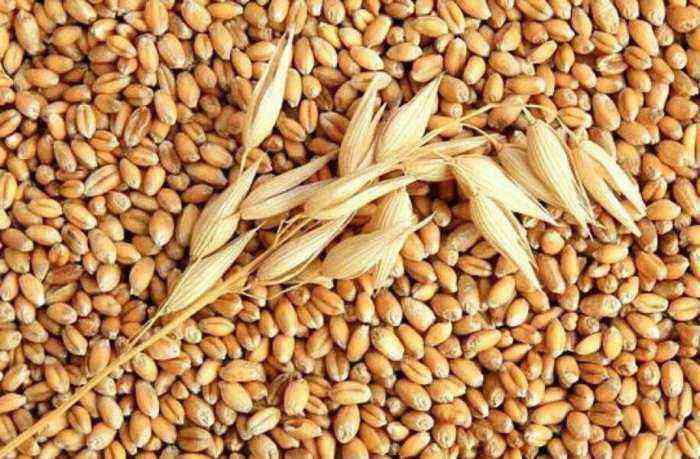Today in animal husbandry there are about 100 varieties of pigs. Their selection is still being made. The selection of individuals that are optimal in terms of meat quality and productivity allows you to breed more profitable species. However, it is very difficult to name the really best breeds of pigs.
Pig breeds
Characteristics and types
Classification of breeds of pigs is carried out according to a number of the following features:
- body constitution;
- area of origin;
- productivity orientation.
By origin, these animals can represent one of four groups:
- The progenitor is the European wild pig.
- The progenitor is the Asian wild pig.
- Mixed group, combines European and Asian characteristics.
- Varieties of artificial hybridization.
According to the physique, the types of pigs differ as follows:
- with a dense rough body;
- with a loose rough body;
- with a dense tender body;
- with a loose, tender body.
According to the productivity parameter, animals are:
- universal (meat properties and productivity at a high level);
- bacon and meat (meat properties are good, productivity is average);
- sebaceous (the layer of fat is thick, greasing processes start in the first months).
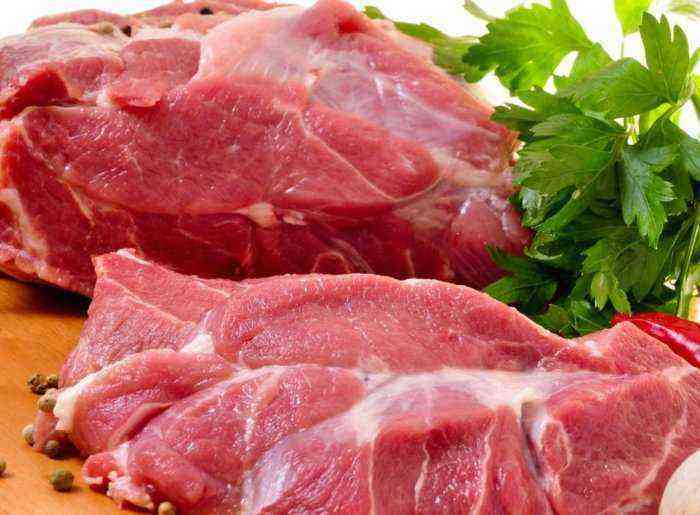
Meat is different for every breed.
Large white
One of the most famous best breeds of pigs in Russia. A bright representative of the meat-salting group. Obtained by hybridization of Chinese, Neapolitan and Portuguese pigs with English varieties.
Breeders of the USSR managed to get two types of these animals:
- meat-fat;
- meat.
Characteristics:
- powerful physique, high level of adaptability to any climate from southern to temperate;
- massive hams, powerful legs, wide oblong back;
- White wool;
- the maximum weight of an adult animal can be up to 350 kg;
- average offspring – 10-12 heads;
- rapid weight gain, in the 6th month, piglets of this breed weigh 100 kg;
- ideal for hybridization with any breed of pigs.
Landrace
This meat pig comes from Denmark. The first piglets of this species were obtained after the hybridization of the Large White and Danish varieties. Since 1948, these animals began to spread to the Soviet Union.
Reference. The breeding area is the entire European continent. The breed has excellent genetic material for crossing with other species and subsequent selection.
Main Features:
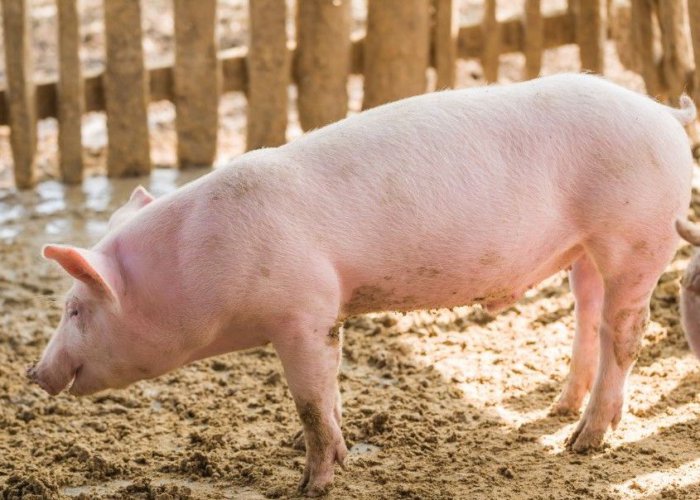
Pigs Landrace
- oblong body, massive hams;
- soft white wool;
- an adult reaches 250 kg (females), 300 kg (males);
- usually farrowing has 12 individuals;
- at 6 months, with proper feeding, the young will gain up to 100 kg;
- weight gain per day – 0,75 kg.
Duroc
Representative of the meat group. The selection of this species was carried out as early as the 19th century on the American continent. At first, these pigs were raised for lard, and were transferred to the meat direction by breeders much later.
The distribution area is almost the whole world. Duroc are included in the list of breeds used for hybridization.
Main Features:
- strong body, high, massive legs and hams, drooping ears;
- coat color varies from bright yellow to dark red;
- the body length of an adult pig is 190 cm, the average weight of a male is 300 kg, females – 230 kg;
- farrowing is relatively small – only 9 individuals;
- Young animals reach 100 kg by 6 months of age;
- the average weight gain per day can range from 0,75 to 0,95 kg.
- perfect for grazing.
Asian bellied
This breed belongs to the bacon group. Until 1985, these pigs were bred exclusively in Southeast Asia. Animals came to Europe from Vietnam. Today they are widely distributed throughout the former USSR.
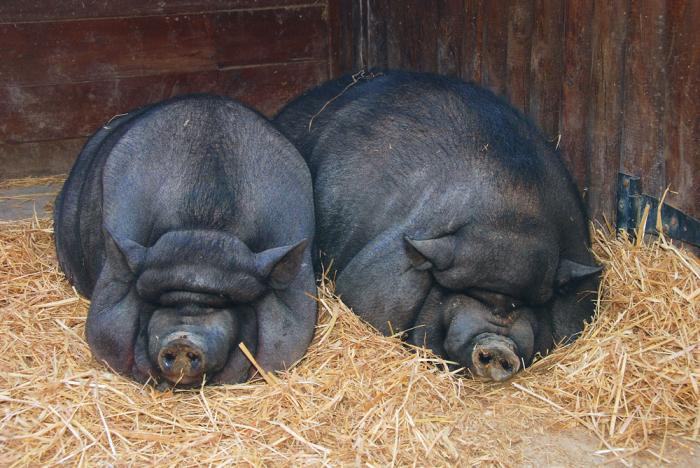
Asian bellied breed
The main advantage of pigs is rapid puberty. The female is capable of reproduction already from 4 months, the male – from 6.
Main Features:
- wide, low-set torso, sagging abdomen;
- bristles up to 20 cm long in the back area, the color is predominantly black with white patches;
- at the age of one year, the female will weigh no more than 120 kg, and the male – no more than 140 kg;
- a pig can give birth twice a year, on average – 12 goals;
- by 7-8 months, pigs usually gain from 75 to 85 kg.
Brazier
This is a greasy variety of pigs. The country of origin is Hungary. The first representatives were brought out in the 19th century. In the middle of the last century, these animals began to be bred in the North Caucasus and Moscow regions. In today’s Russia, this variety can be found exclusively in the Caucasus.
Braziers have thick wool, which provides a weak susceptibility to the effects of sudden temperature changes.
Main Features:
- the body is strong, medium, massive legs, strong hooves;
- coat color is different, the predominance of black, brownish-red, white and red shades;
- an adult animal has a body weight of 125-150 kg (female) and 155-180 kg (male);
- queens are not very prolific, farrowing has from 4 to 6 individuals;
- at 6 months, the young will weigh no more than 70 kg;
- unpretentious, equally well absorb any feed;
- minimum cholesterol in meat, high-quality fat.
Karmal
Breed of meat pigs. It is a rather exotic variety obtained by hybridizing the Hungarian brazier with the Asian bellied pig. Easily tolerates low temperatures, has a calm complaisant disposition.

Pigs Karmal
Main Features:
- powerful large torso;
- black suit;
- rapid puberty, on average on the 115th day of life;
- an adult animal weighs within 200 kg;
- the uterus is capable of producing 7-8 offspring;
- at 7 months, young animals usually gain 80 kg.
Berkshire
Represents the meat type. The breed was obtained by hybridization of pigs from the Berkshire county with the Portuguese, Chinese and Neapolitan variety.
These animals are most widespread on the territory of Ukraine, Belarus, Russia, the USA and England.
Main Features:
- flat back, long and strong body, massive hams, small sharp ears;
- coat color – black, low skin density;
- an adult usually weighs 250 kg (female) and 300 kg (male);
- the offspring is small – no more than 7 goals;
- 100-kilogram weight in young animals, usually by 7 months;
- during the day, one animal adds 0,7 kg;
- unpretentiousness, the possibility of keeping without a barn.
Lithuanian white
Included in the meat-fat group of pigs. It was obtained after hybridization of Lithuanian pigs with Large White. The breed was finally approved only in 1967 after a long selection. The distribution area today mainly remains the territory of Lithuania.
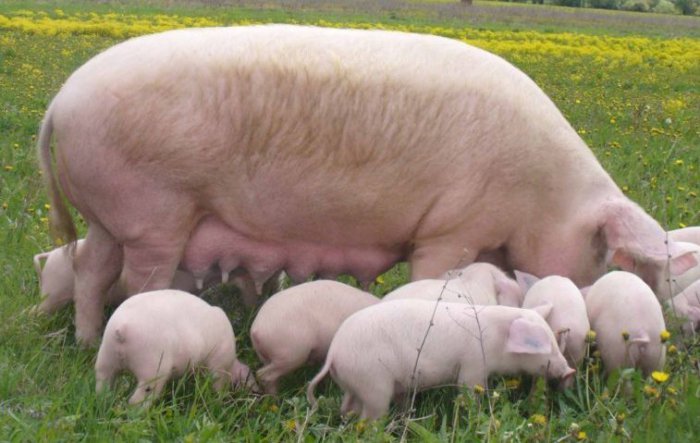
Lithuanian white pig
Main Features:
- developed, strong body, well built;
- ears are small, look forward;
- white wool, the skin has a high density, there are no folds on it;
- the weight of an adult male is 310-320 kg, females – 210-230 kg, respectively, body length 165-180 cm and 145-160 cm;
- offspring gives 10-12 individuals;
- at 7 months, the young weigh 100 kg.
Пьетрен
A variety of meat pigs. Bred in Belgium in the 19th century by hybridization of Berkshire and large white.
These animals are often used for hybridization with other European species (in France, England, the Netherlands). This allows you to significantly increase the meatiness of the resulting offspring.
Main Features:
- wide body, fleshy hams, developed muscular system, sharp short ears;
- wool is white with patches of gray and black;
- an adult weighs 230-270 kg (males) and 210-240 kg (females);
- fertility rates are below average, one offspring brings no more than 8 piglets;
- live weight in the region of 100-120 kg is usually gained by 7-8 months of age;
- the quality of feed should always remain satisfactory, these pigs are selective in food;
- high excitability in case of stress.
Lacombe
Meat representative. It was first bred in Canada as a result of the hybridization of Berkshire pigs and the Landrace breed by local representatives. This breed has been actively bred in a number of regions of Russia since 1964.

Pig Lacombe
Main Features:
- strong, oblong body;
- the coat is short, white;
- early maturing breed (ready for breeding at 145-165 days of life);
- adult animals weigh from 250 (females) to 310 kg (males);
- one offspring usually gives 9-10 heads;
- young growth grows intensively, by six months it is gaining 100 kg.
Estonian bacon
Received by Estonian breeders. According to the constitution of the body, they are most like Landrace. The distribution area is the Baltic countries. Purebred breeding allows you to achieve a high level of productivity.
Main Features:
- strong, powerful body, drooping ears;
- in adulthood, the male will have an average weight of 315-330 kg, and the female – 215-240 kg, the body length will be 175-185 cm and 155-165 cm, respectively;
- one offspring gives 11 heads;
- during the day, a piglet can give an increase of up to 1 kg;
- Representatives of this breed weigh 100 kg already in six months.
Hampshire
These pigs belong to the meat species. Today’s Hampshire breed was bred in 1825 in America by hybridizing English pigs from Hampshire with pigs from Kentucky.
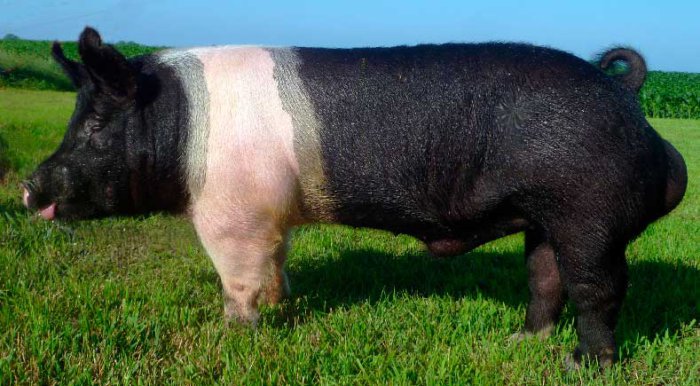
hampshire pig
Now these pigs are actively bred throughout the American continent and also in a number of European countries.
Main Features:
- powerful back, long body, small straight ears, massive legs;
- the coat is black with a characteristic white stripe around the body in the area of the forelegs and shoulder blades;
- an adult animal weighs 200-250 kg (females) and 300-310 kg (males);
- fertility rates are low, from 6 to 8 individuals per offspring;
- per day, young animals gain about 0,95 kg;
- The pig reaches 90-100 kg of live weight by 8 months;
- these animals are easily stressed, have increased nervousness.
Temvors
They are representatives of the bacon type. Bred in the 18-19 century in the UK. The ancestors of the Tamworths are pigs of eastern and southern breeds brought to England from India, China and West Africa.
Today they are most popular in England, Canada, the Australian continent and the USA.
Characteristics:
- medium in size, strongly built body, oblong back, wide ears, developed muscles;
- color includes golden and reddish colors;
- an adult can have 220 kg of weight;
- one offspring brings 6-10 goals;
- Young growth gains 100 kg by 7 months;
- unpretentiousness, the ability to endure severe frosts and the north wind;
- sociable, nonviolent disposition.
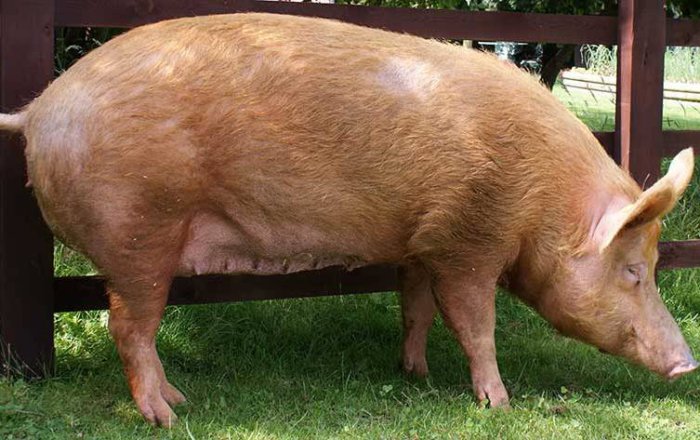
Breed Tamvors
Urzhumskaya
Representative of the meat group. It was first obtained by hybridization of the lop-eared and large white varieties.
The distribution area mainly covers most regions of Russia. In order to improve the quality indicators, the breed is regularly crossed with a large white pig.
Characteristics:
- strong, enduring body and legs, the body is elongated in the middle;
- thick wool of white color;
- with a body length of 175 cm, an adult has a mass of 320 kg (male) and 260 kg (female);
- in one offspring, the uterus usually gives 11-12 heads;
- Young animals weigh 100 kg already 6 months after birth;
- during the day, the piglet gains at least 0,7 kg;
- regular grazing is required.
Mirgorodskaya
One of the most common representatives of the meat-fat group. It first appeared on the territory of the Poltava region after the hybridization of short-eared pigs and large white, temvor, medium white varieties and berkshire.
These animals are widespread in the forest-steppe of Ukraine and Russia. For higher meat quality, this breed is usually crossed with Pietrain and Landrace pigs.
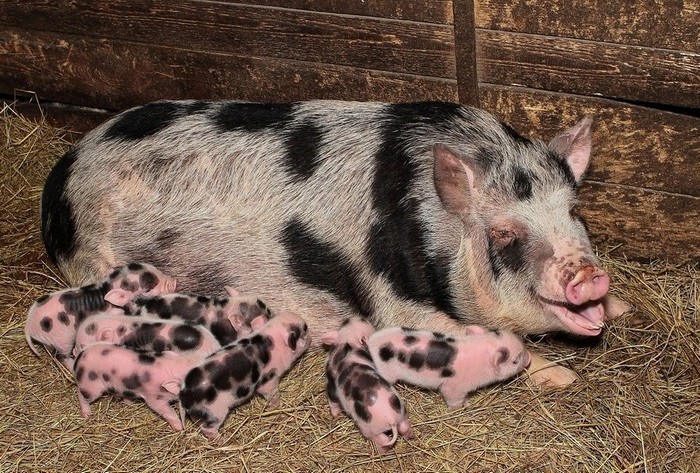
Mirgorod pig with offspring
Main Features:
- large hams, massive back and body;
- the coat is dense and has a variegated color, there are no folds on the skin;
- the weight of an adult pig is 300 kg (males) and 230 kg (females);
- offspring gives at least 12 goals;
- This breed usually gains 100 kg by six months;
- the average gain per day is 0,73 kg.
North Caucasian
A typical variety of the meat-and-fat group. The breeding grounds were Krasnodar and Rostov. The breed was obtained by hybridization of the Kuban variety with white short-eared and white large.
Commercial-scale purebred hybridization is widespread. Due to unpretentiousness in content, it is distributed almost throughout Russia.
Main Features:
- developed, barrel-shaped body, broad back, large ham;
- dense coat with black or variegated color, in winter, the formation of an undercoat is observed;
- the mass of an adult is usually 240 kg (female), 350 kg (male);
- the average offspring gives 11 piglets;
- Young animals usually reach 120 kg of weight by the 8th month of life;
- well kept in semi-open pigsties.
Siberian northern
Pig meat type. The main distribution area is the Urals, Siberia, Kazakhstan. They were bred by hybridization of representatives of landraces and a large white variety with breeds that are unproductive, but resistant to harsh climates.
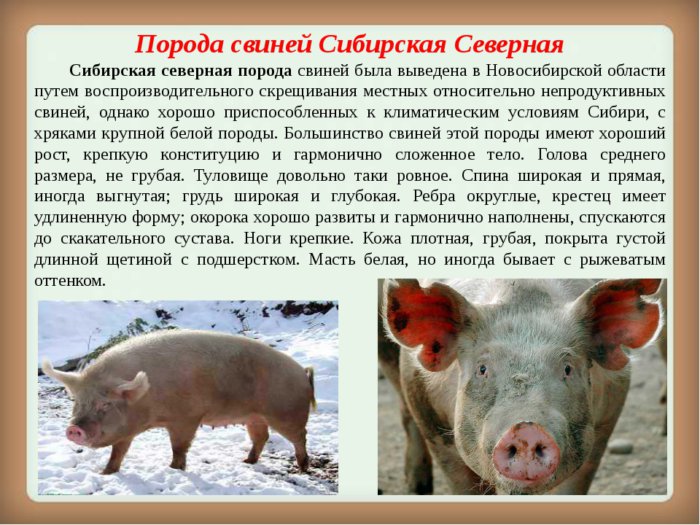
Siberian northern pig
Main Features:
- the body is even, powerful, massive legs, large hams;
- in summer, the coat is white, by winter it acquires a reddish tint, a warm undercoat is formed;
- an adult male weighs about 315-360 kg, a female – 240-260 kg;
- one offspring gives from 10 to 12 individuals;
- Piglets gain 100-kilogram weight only at 7-8 months of life;
- stable immune system, unpretentiousness.
Conclusion
When choosing which of the many species to give preference, at first it is better to choose piglets of the breed that is already bred in your region. In this case, the chance of encountering unpleasant surprises will be much less. With proper care, pigs will be less susceptible to disease, will grow and develop normally, giving birth regularly.
